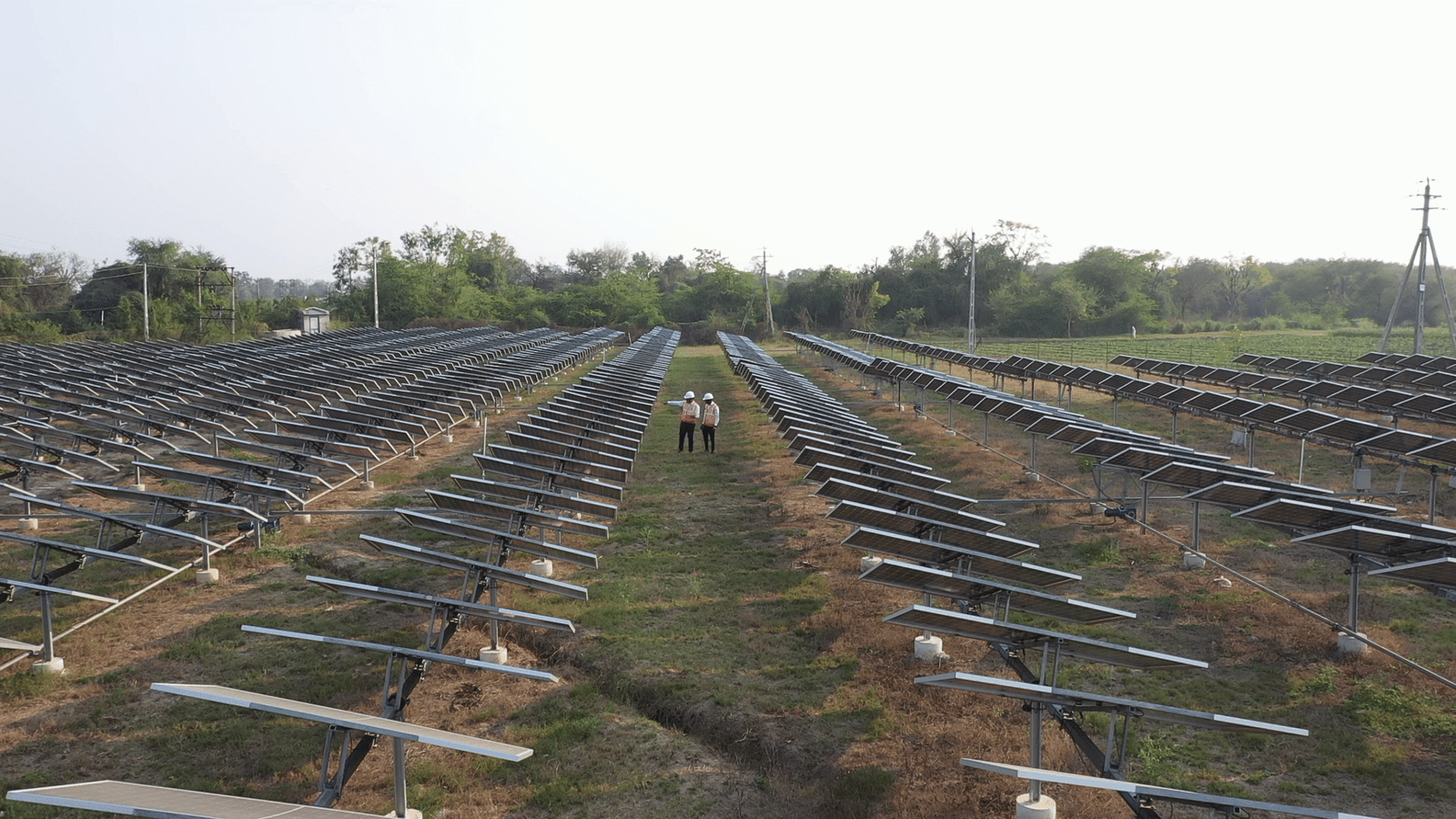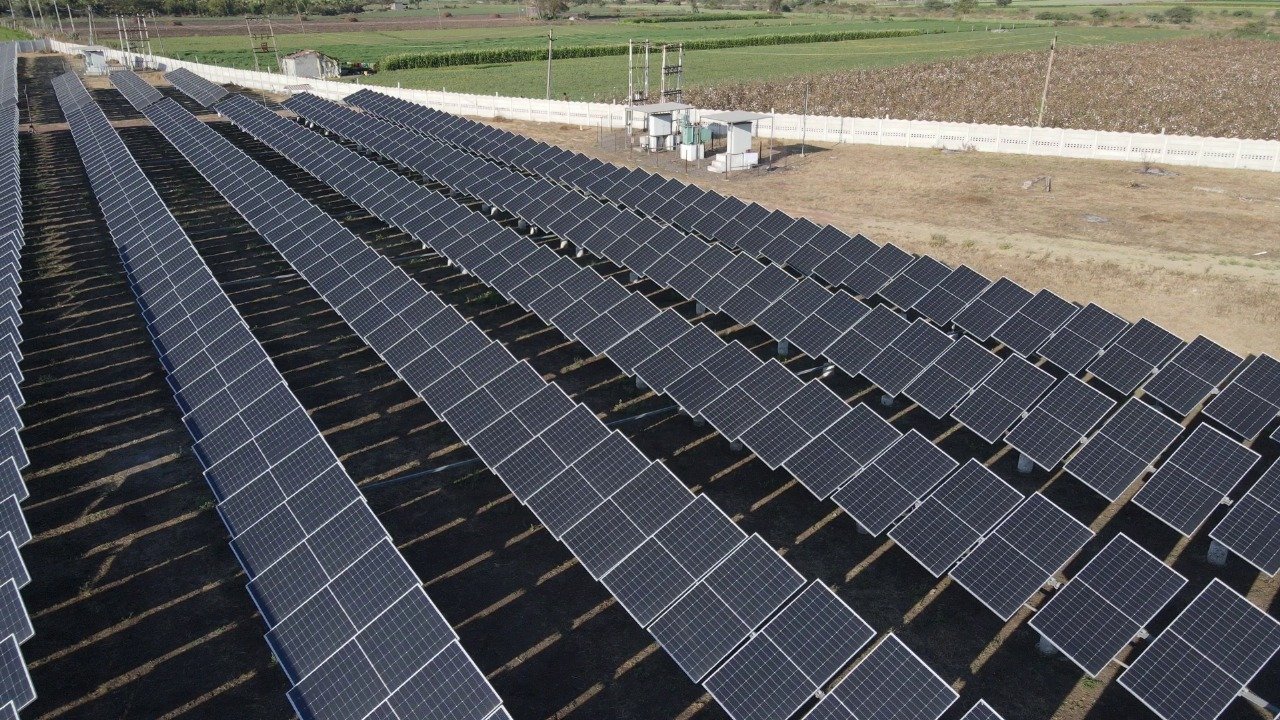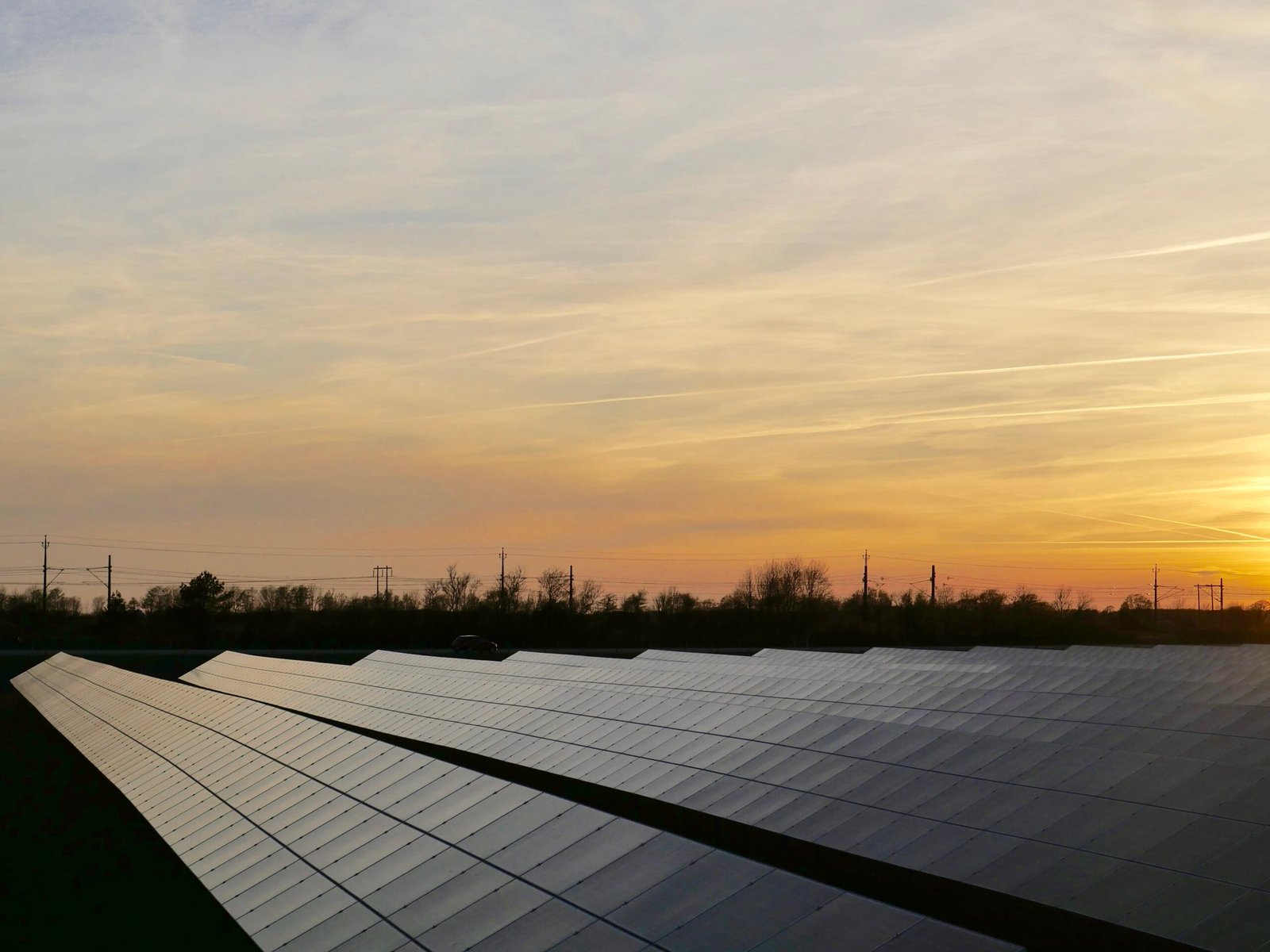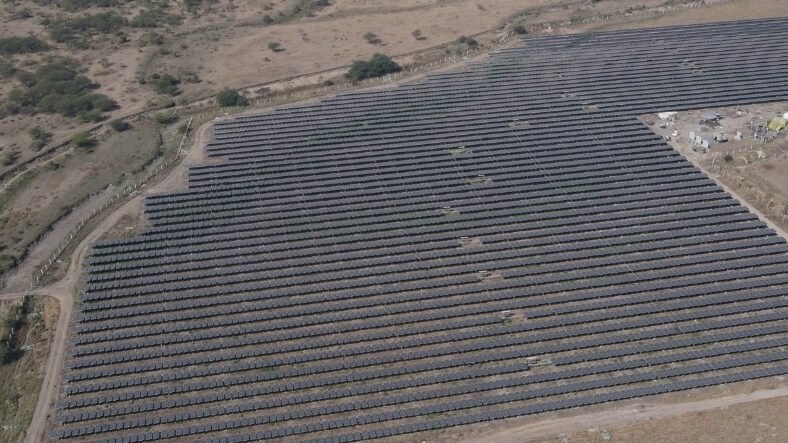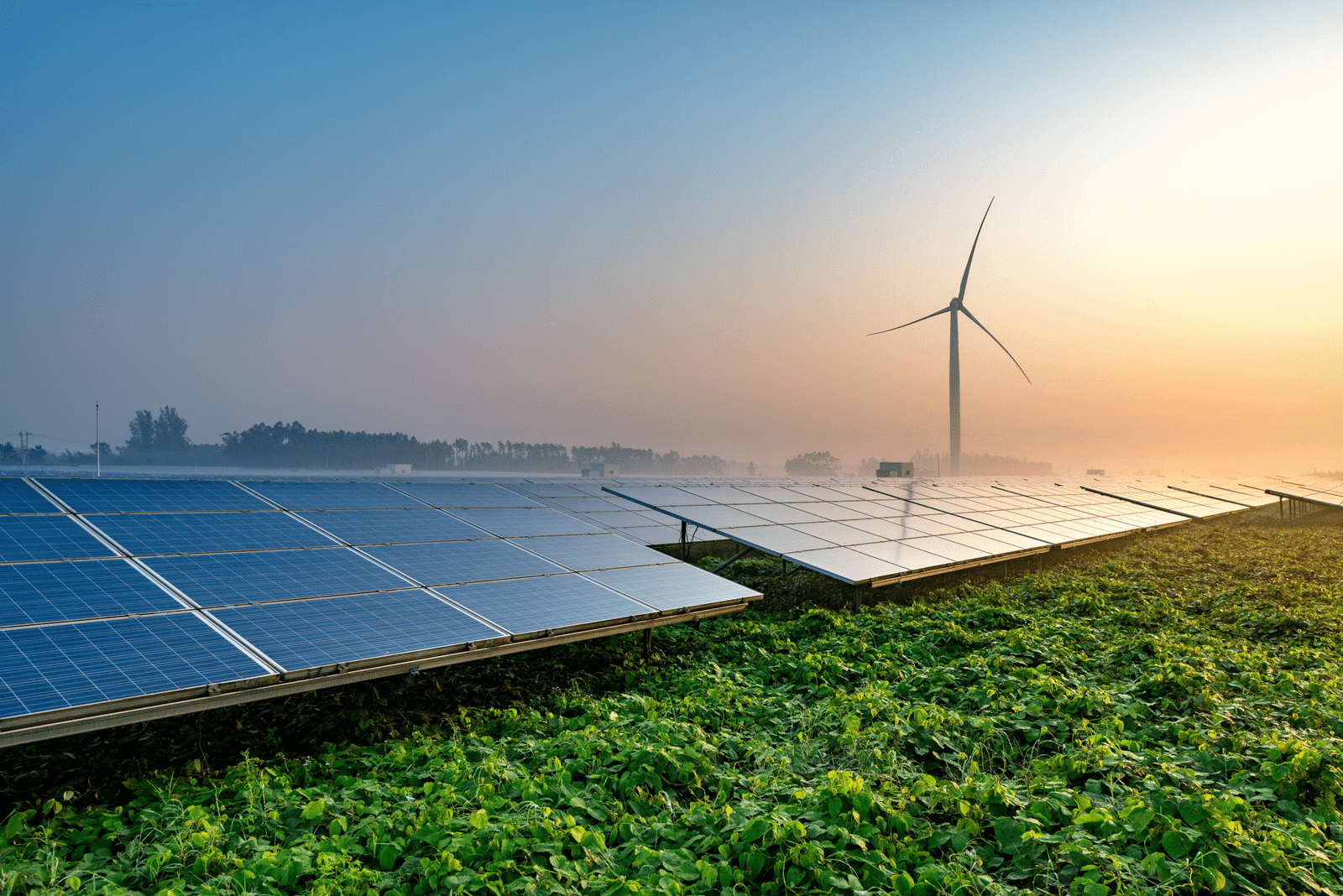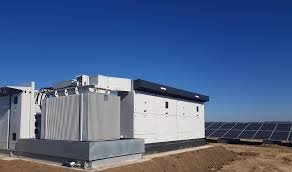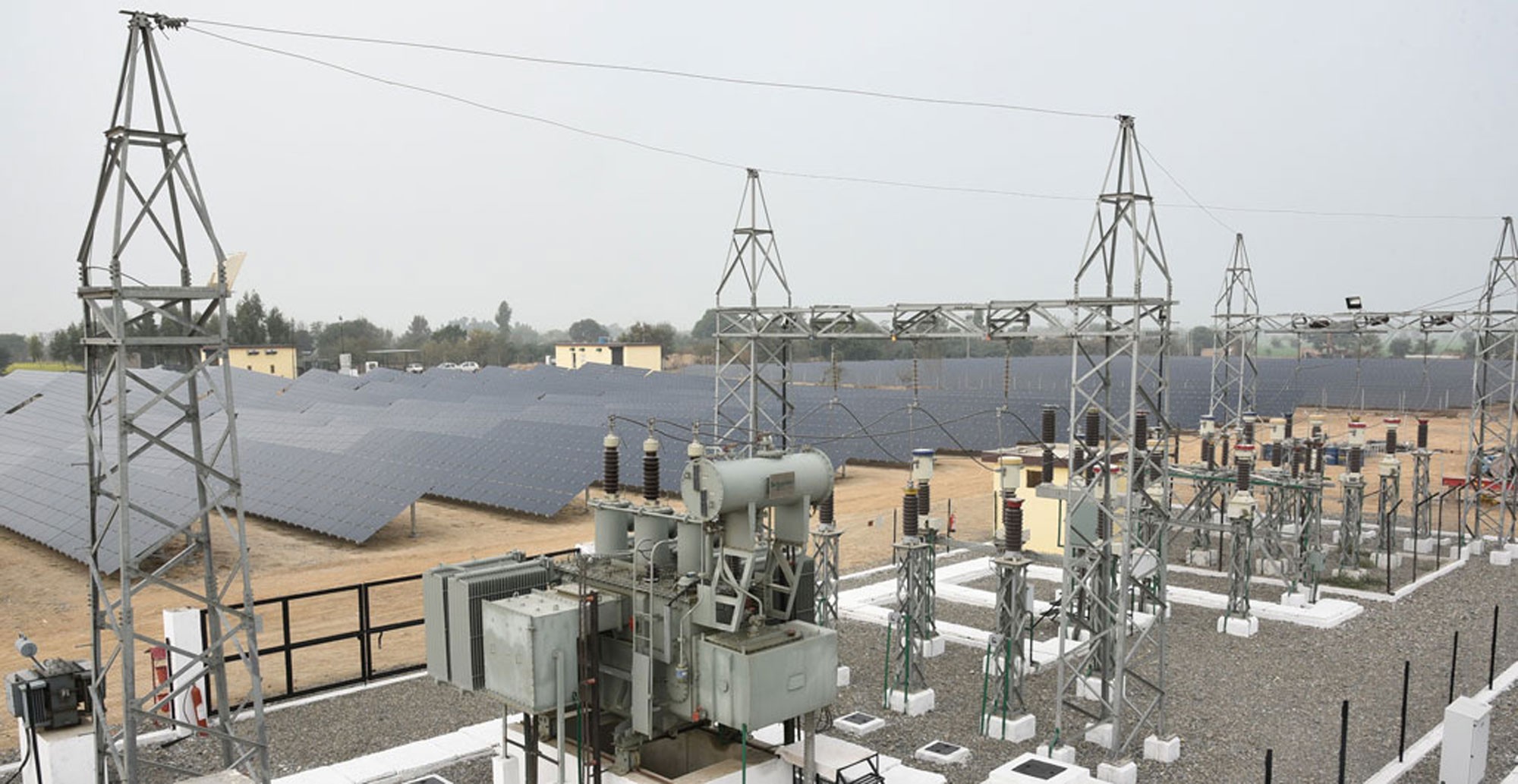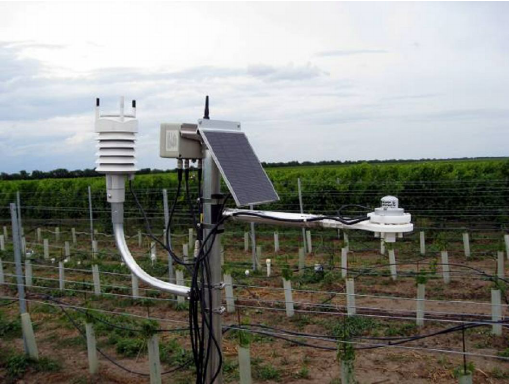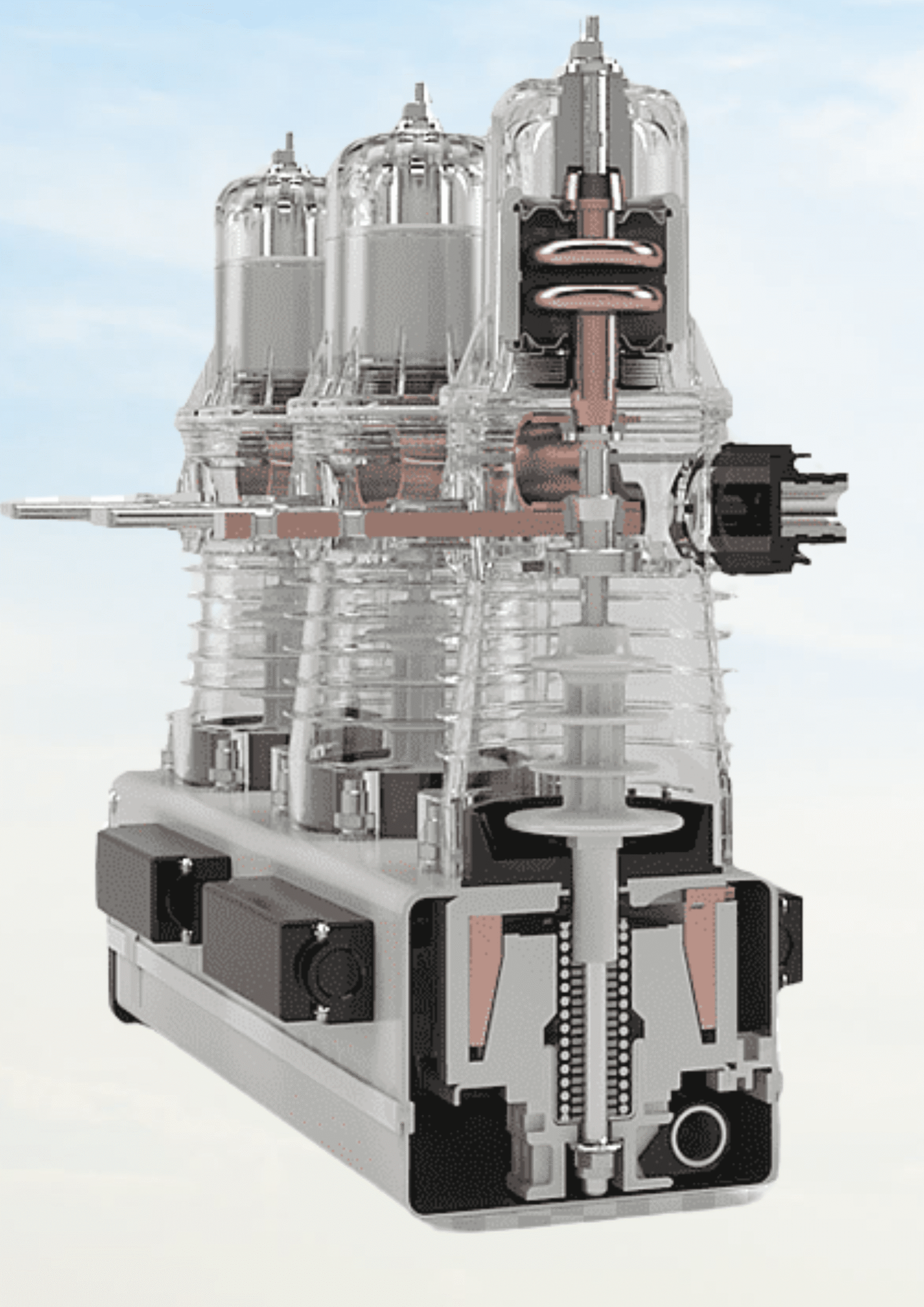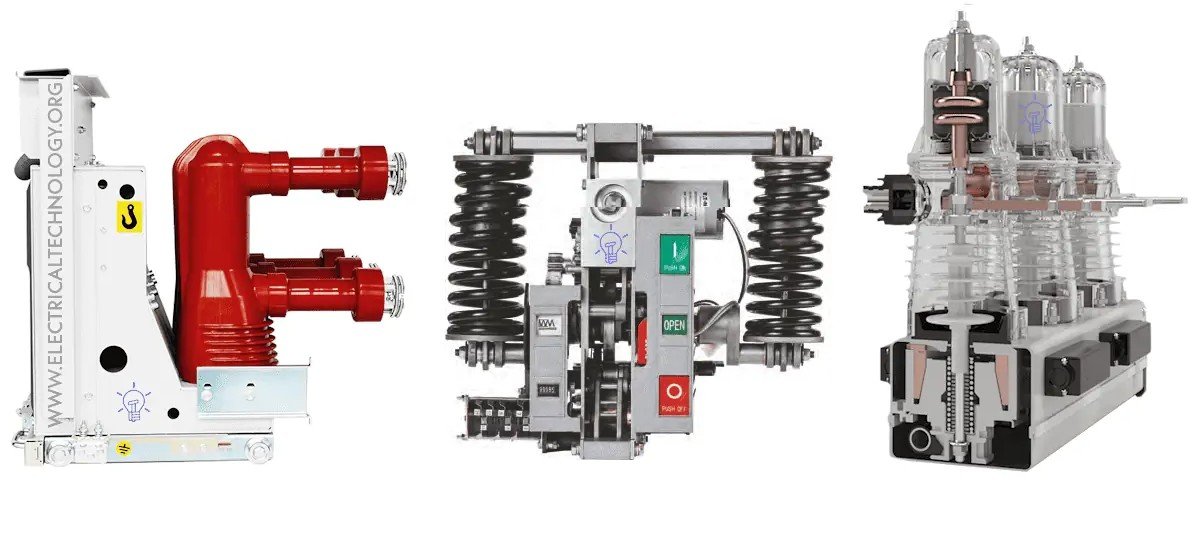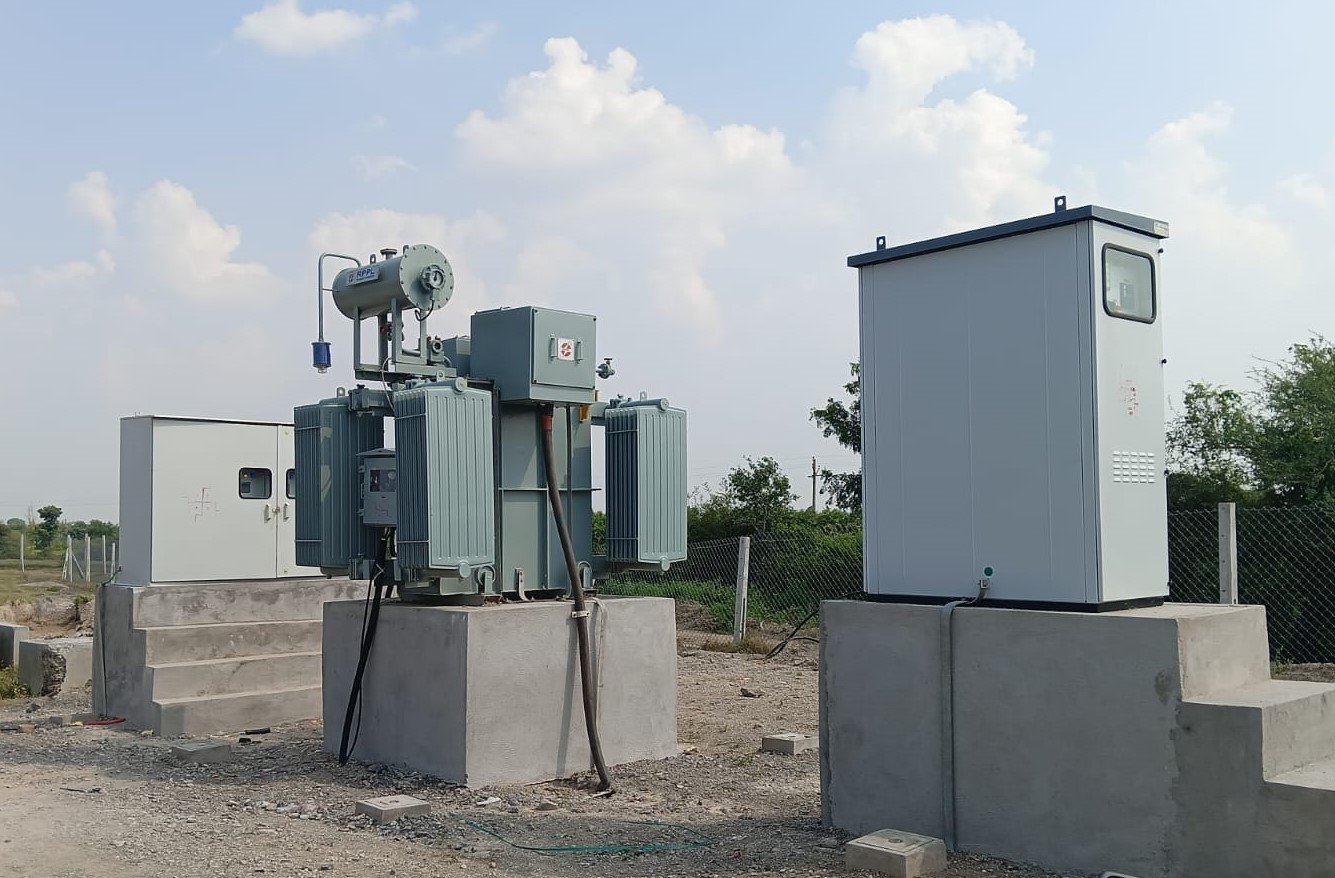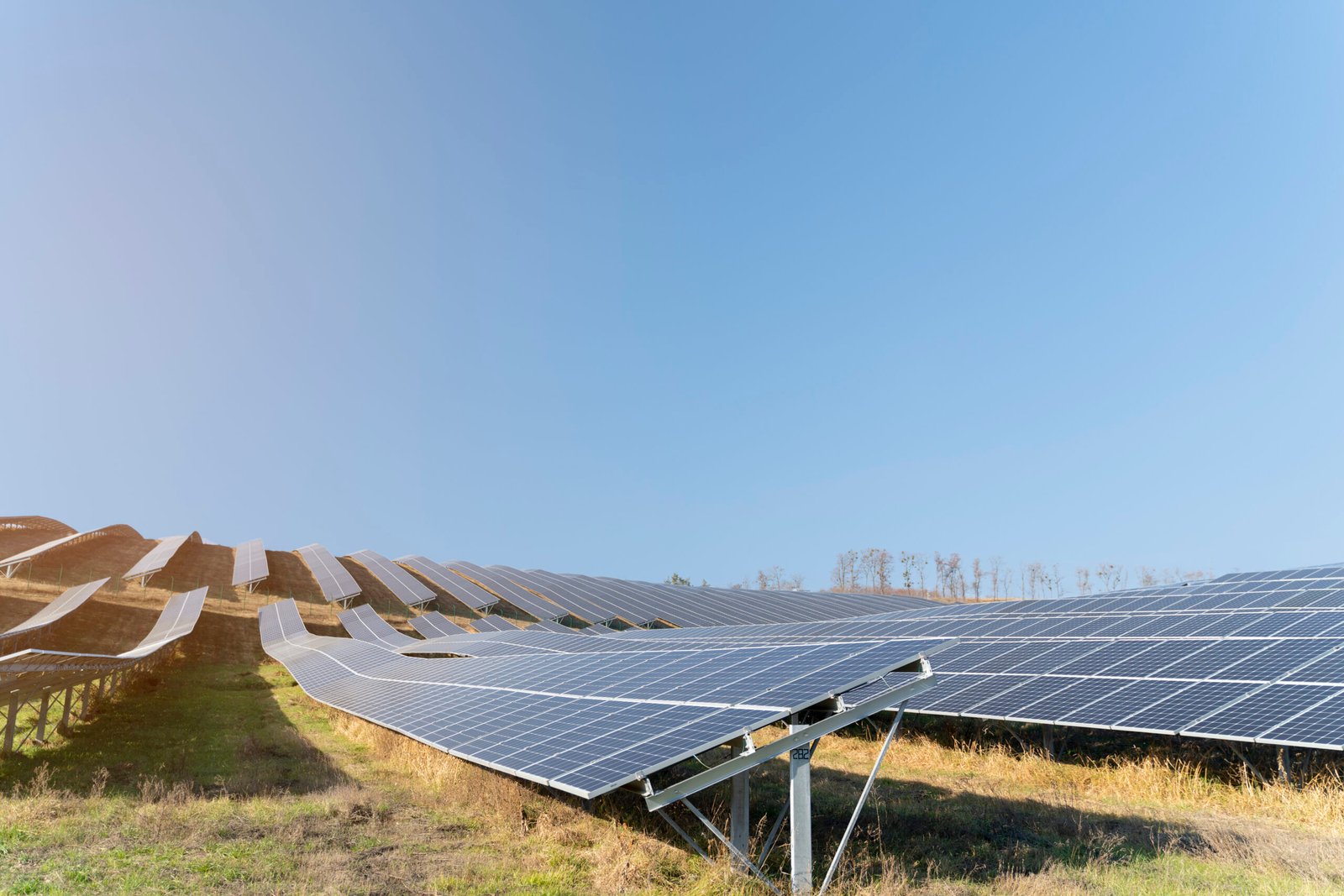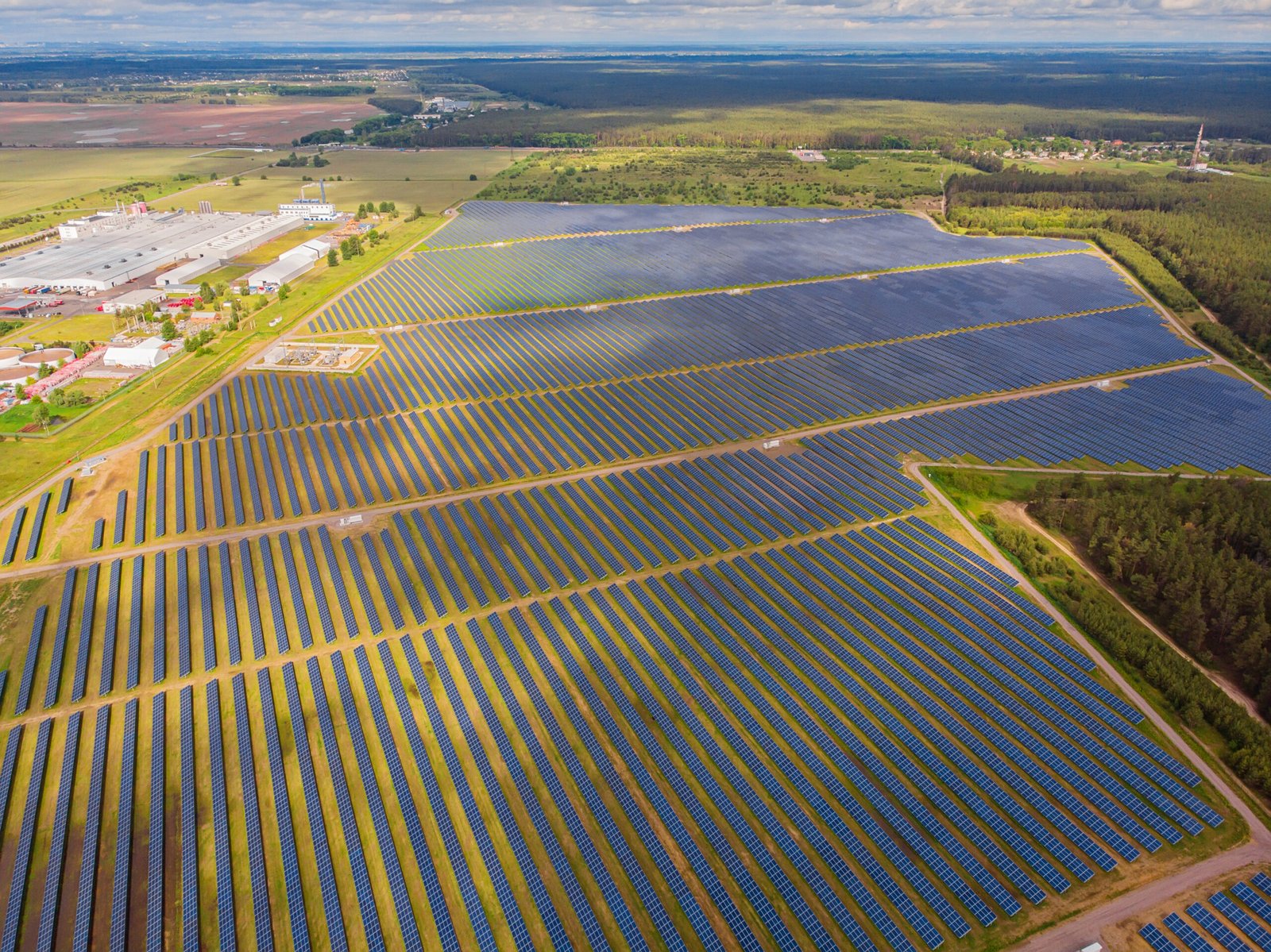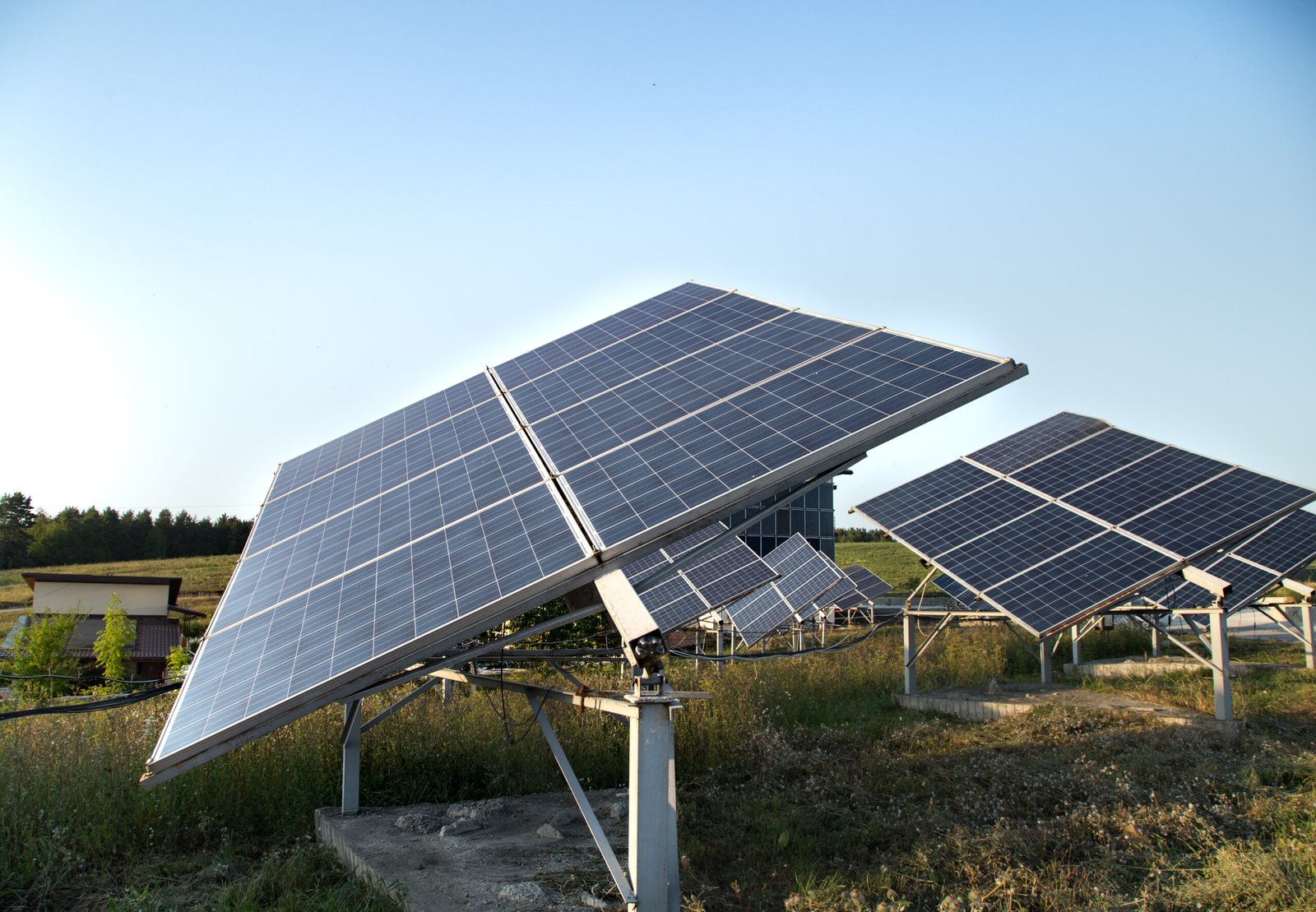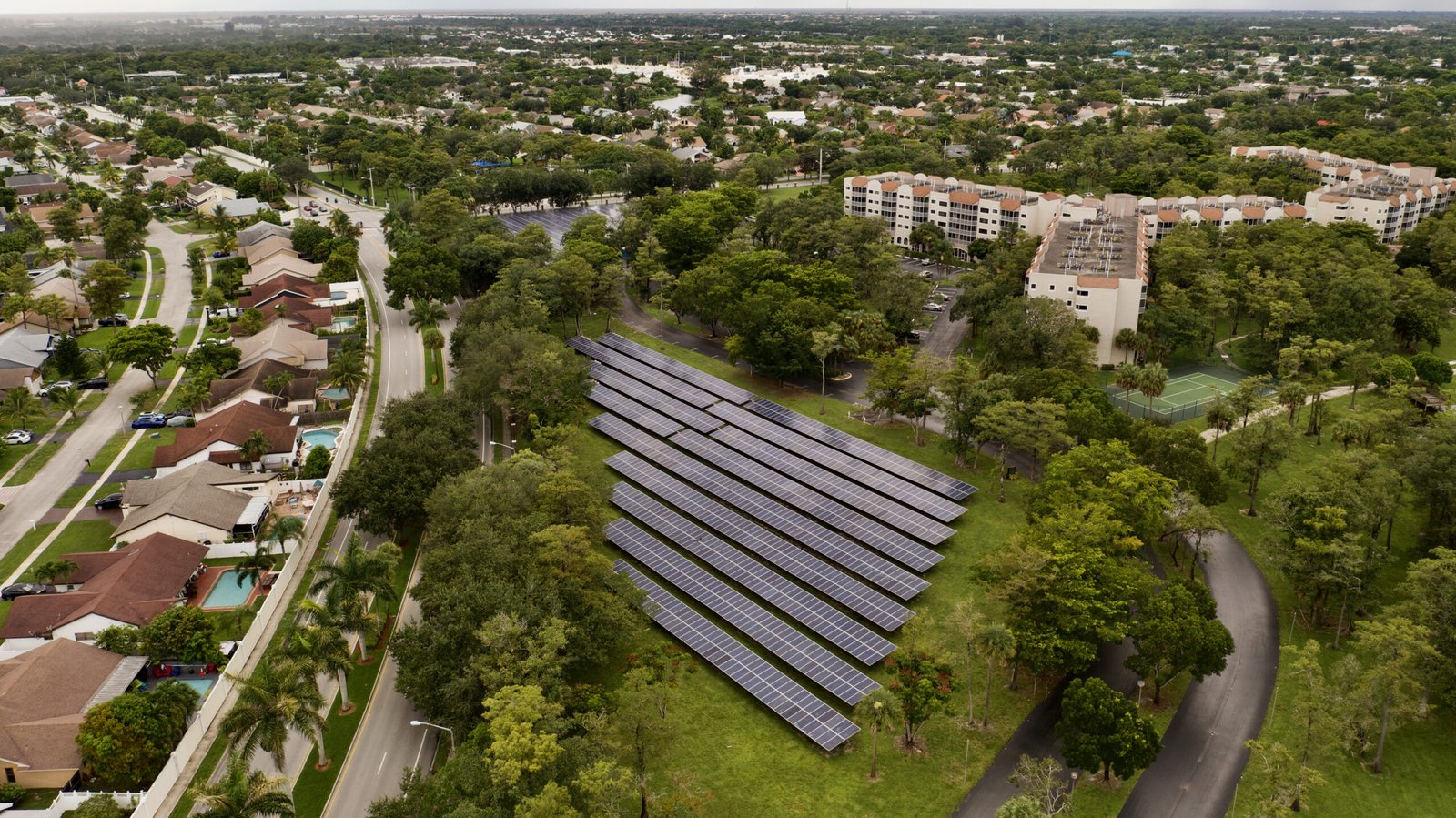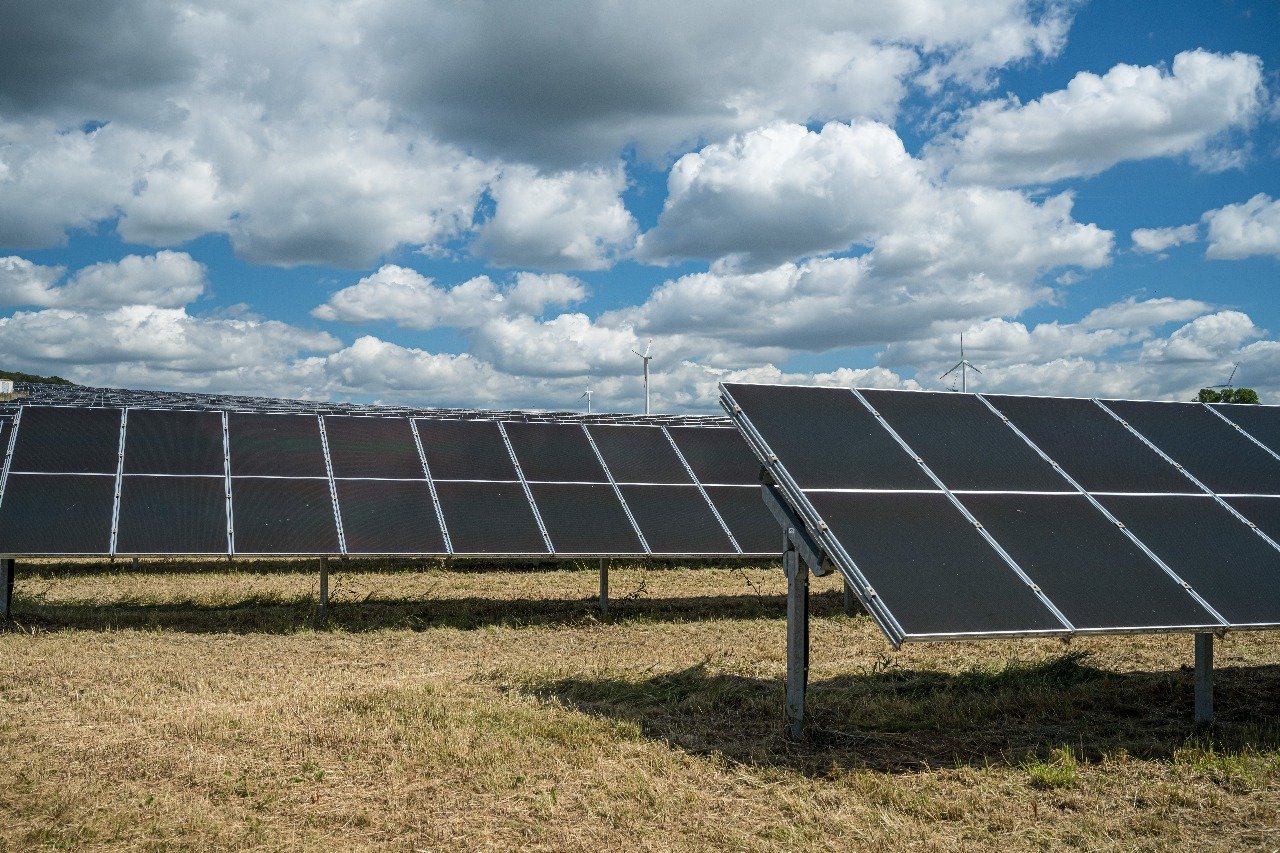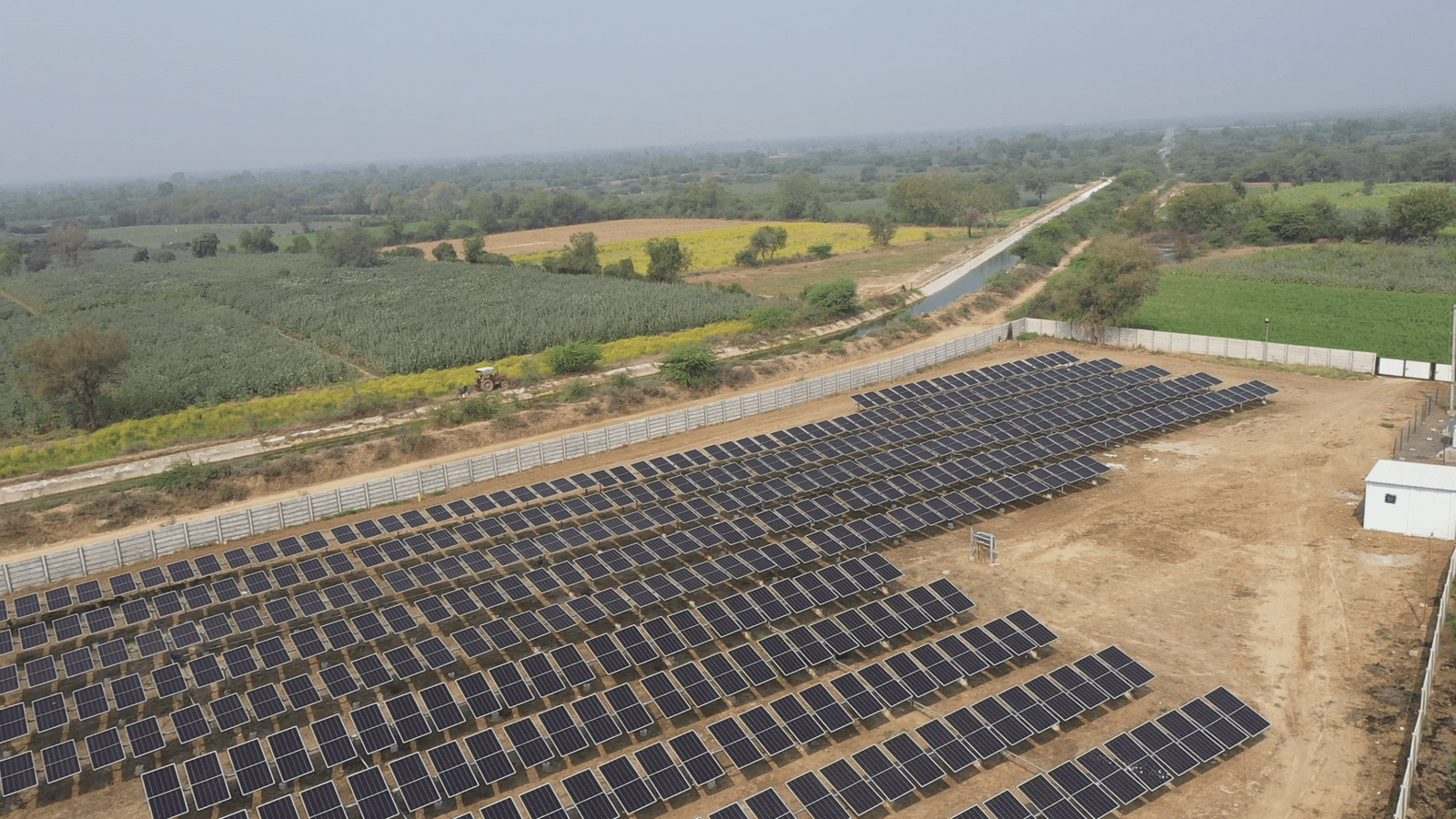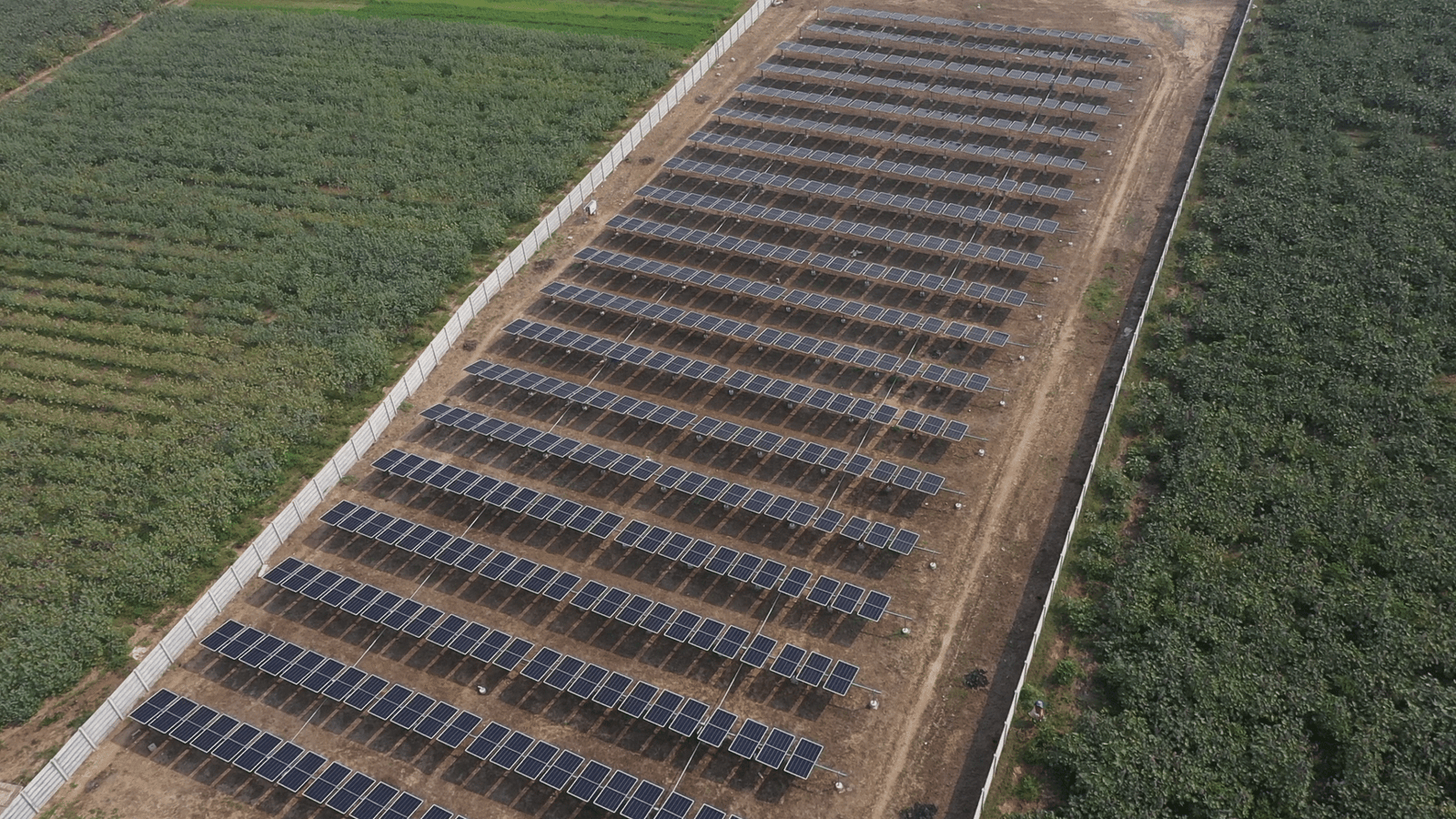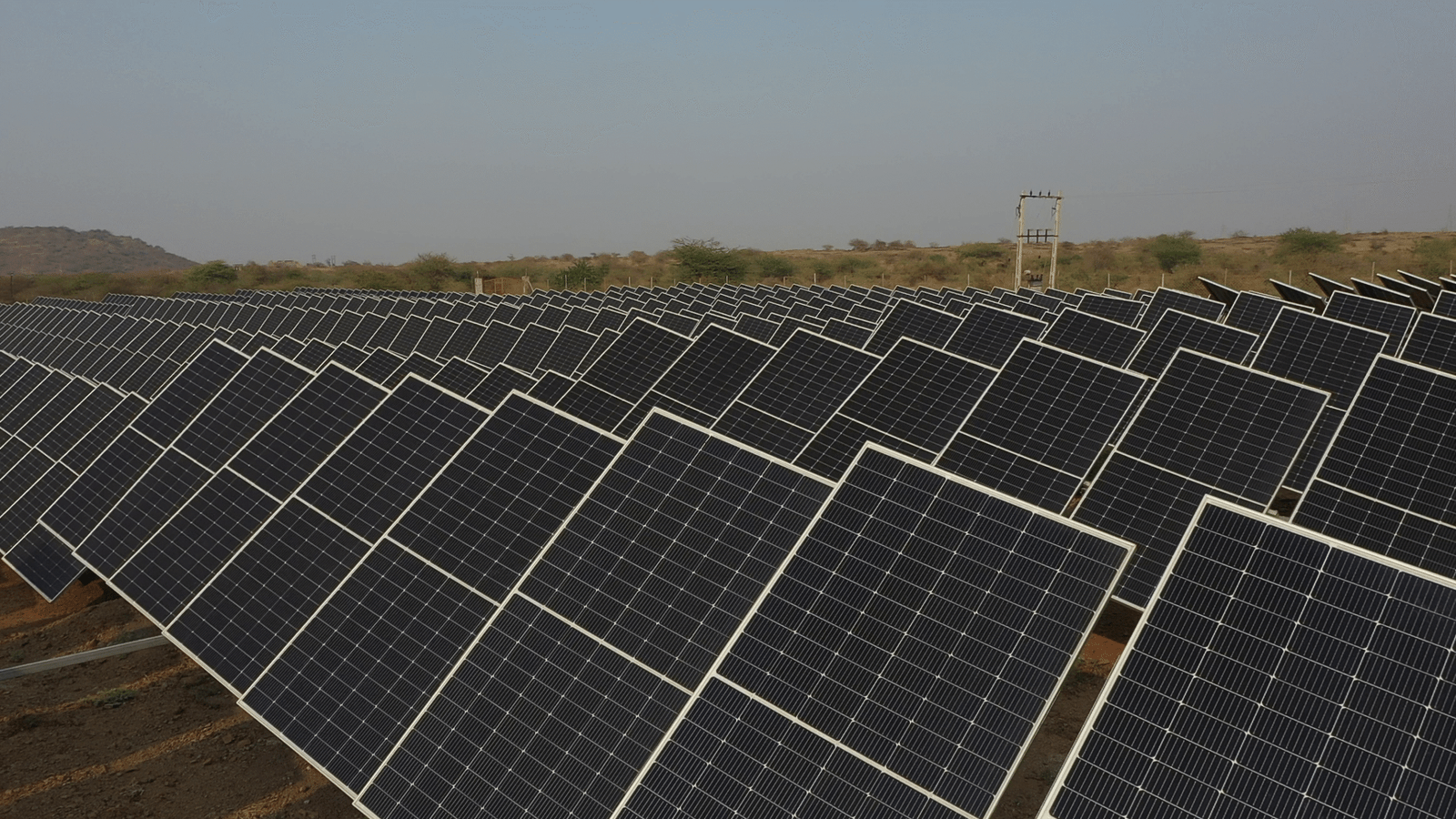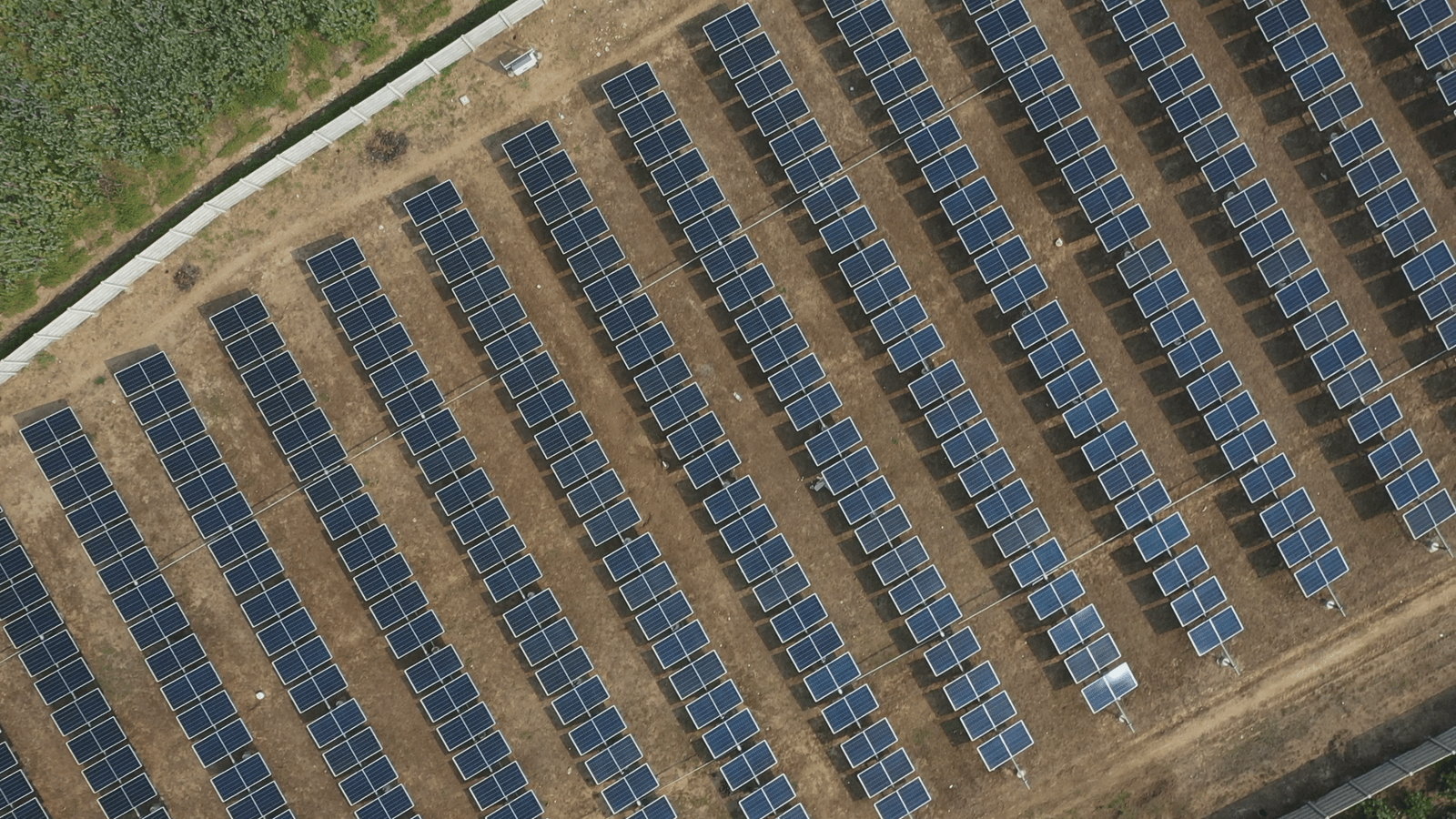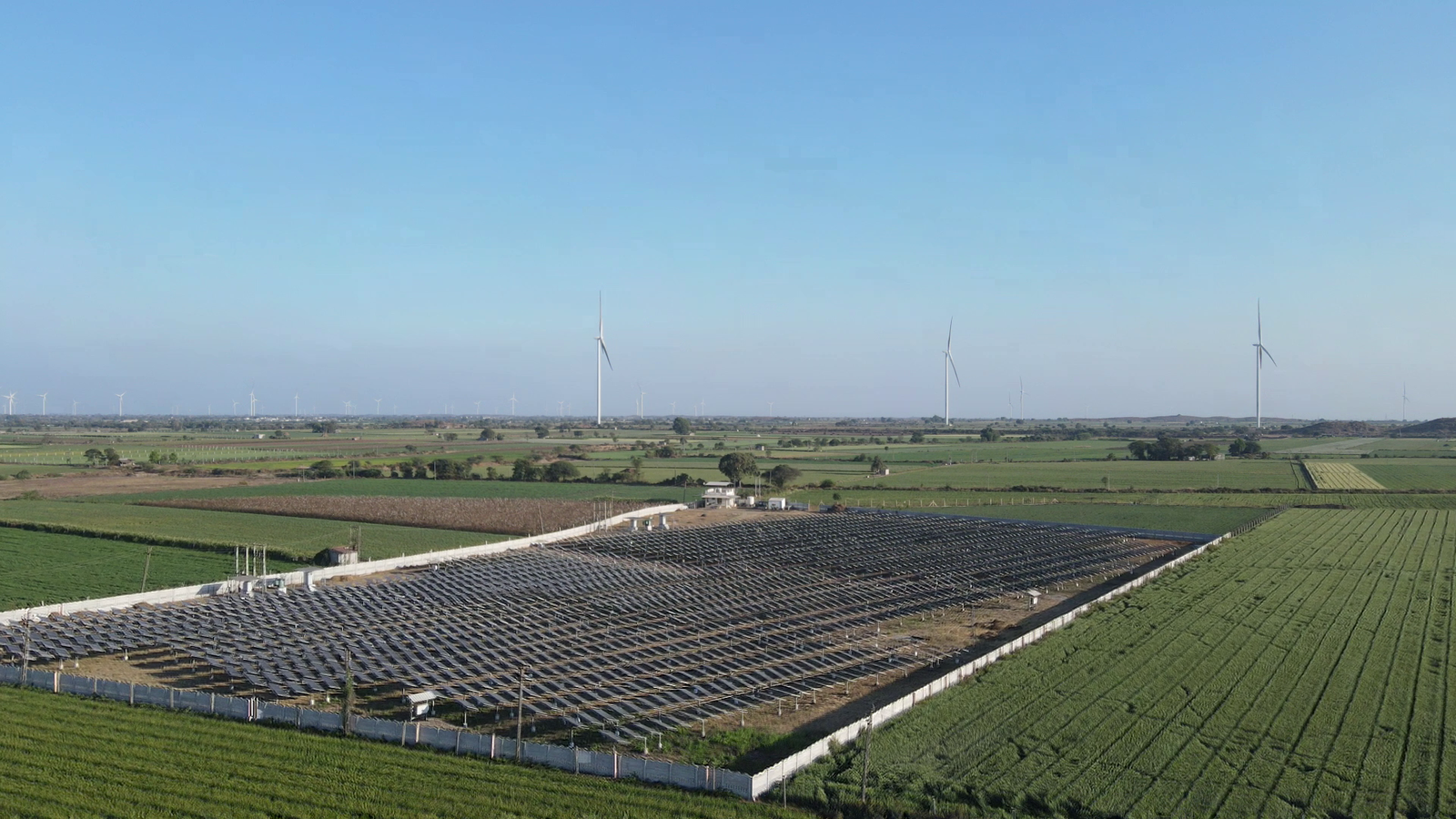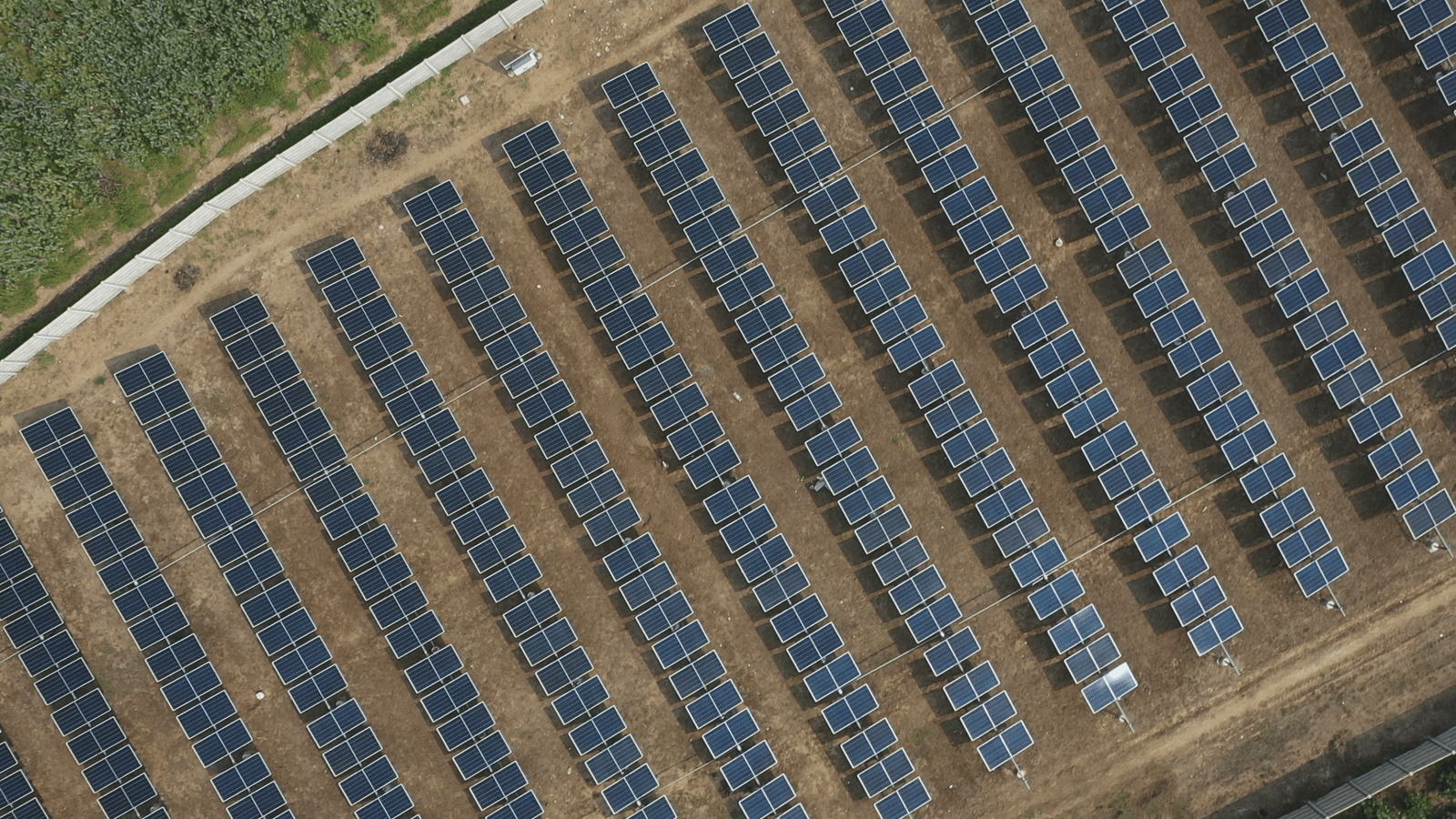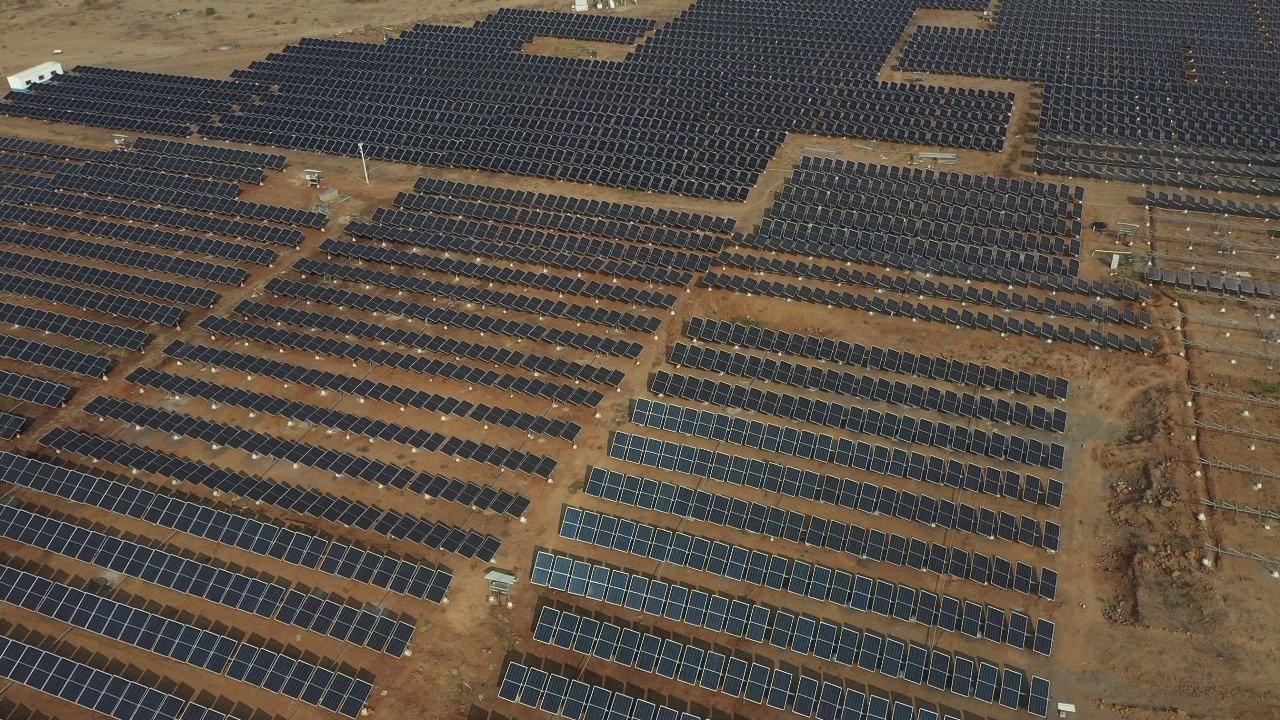As solar energy adoption surges across the globe, businesses and homeowners alike are making the shift to cleaner, greener power. But while installing a solar system is a smart investment, it’s also a significant one—and like any valuable asset, it needs protection. That’s where solar insurance comes into play.
At Soleos Solar, we’ve helped industries across India, Europe, and the UK navigate the solar journey confidently. But one question we often hear from our commercial clients is, “Do I really need insurance for my solar power system?” The answer is a resounding yes—and in this guide, we’ll show you why.
Table of Contents
What Is Solar Panel Insurance?
Solar panel insurance is a specialized policy designed to safeguard solar power systems from physical damage, performance loss, and financial risks. As solar energy adoption in India increases, it has become a crucial risk management tool for safeguarding long-term investments. It offers comprehensive protection tailored to solar infrastructure, going beyond typical home or commercial insurance.
Types of Solar Panel Insurance Coverage
1. Property Damage Insurance
Solar panel insurance covers physical damage to solar system components like panels, inverters, mounting structures, wiring, and batteries. It covers fire, flood, storms, hail, lightning, earthquakes, and theft. Ideal for rooftop and ground-mounted solar systems, it covers all risks unless explicitly excluded. Structured as “named perils” or “all-risk” policies.
2. Machinery Breakdown Insurance
This insurance policy safeguards against electrical or mechanical failures of critical solar equipment like inverters, transformers, cables, and energy storage units. It addresses internal faults due to voltage fluctuation, wear-and-tear, or poor maintenance, ensuring systems are protected against malfunctions in industrial and utility-scale solar systems.
3. Construction All-Risks (CAR) / Erection All-Risks (EAR) Insurance
This policy is a temporary insurance policy for solar plant installation and commissioning, protecting against construction-related risks, material handling and transportation risks, fire, flood, structural collapse, and third-party liability. It is ideal for solar EPC companies and developers during the project execution phase.
4. Business Interruption or Loss of Income Insurance
This policy, also known as shortfall or contingent business interruption coverage, compensates for lost revenue when a solar plant’s output drops due to insured damage or technical faults, particularly beneficial for revenue-linked commercial applications. It ensures continuity of revenue for businesses relying on solar energy to reduce electricity bills or sell power through PPAs.
5. Third-Party Liability Insurance
This coverage safeguards project owners or EPC companies from legal and financial liabilities in case of solar panel falls, fire spreads, or electrical issues causing damage to third-party equipment. It is suitable for rooftop solar in densely populated areas, solar carports, and C&I installations, providing legal protection for third-party liability and civil liability for installation/maintenance.
6. Module Warranty Insurance
Solar panel insurance offers additional assurance in case of manufacturer bankruptcy, premature module degradation, or long-term product failure, particularly beneficial for long-term investors and financiers in the Indian market. It covers module underperformance, degradation, or manufacturer defect beyond typical warranties.
Who Needs Solar Panel Insurance?
Solar energy is a high-value, long-term investment—especially for commercial and industrial (C&I) players. But with great opportunity comes real-world risks. From extreme weather to system failures and third-party liabilities, solar panel insurance acts as a safety net that ensures the continuity and profitability of your solar venture.
1. Industrial & Manufacturing Units with Rooftop Systems
Manufacturers rely on rooftop solar systems for uninterrupted energy supply, but they are vulnerable to storm damage, fire hazards, equipment failures, and power outages. Protecting these assets is crucial to prevent physical damage, equipment breakdowns, and downtime impacting production. A specific commercial solar policy is necessary, as conventional building insurance may exclude rooftop PV systems.
2. Ground-Mounted & Utility-Scale Solar Farms
Solar farms, spread across acres, face risks like theft, vandalism, weather extremes, and natural disasters. The larger the plant, the higher the financial risk. Suggested coverage includes all-risk property, performance guarantee, and parametric insurance. Custom “All-Risk” insurance and business interruption coverage help secure asset value and energy revenue.
3. EPC Contractors & Developers
Construction/Erection All-Risk (CAR/EAR) insurance protects against transit damage, installation mishaps, and third-party injury. Professional liability coverage also covers design or installation errors. EPC contractors face risks like transport damage, on-site fire, and worker injury. Policies like CAR, civil liability, and equipment transit insurance are essential.
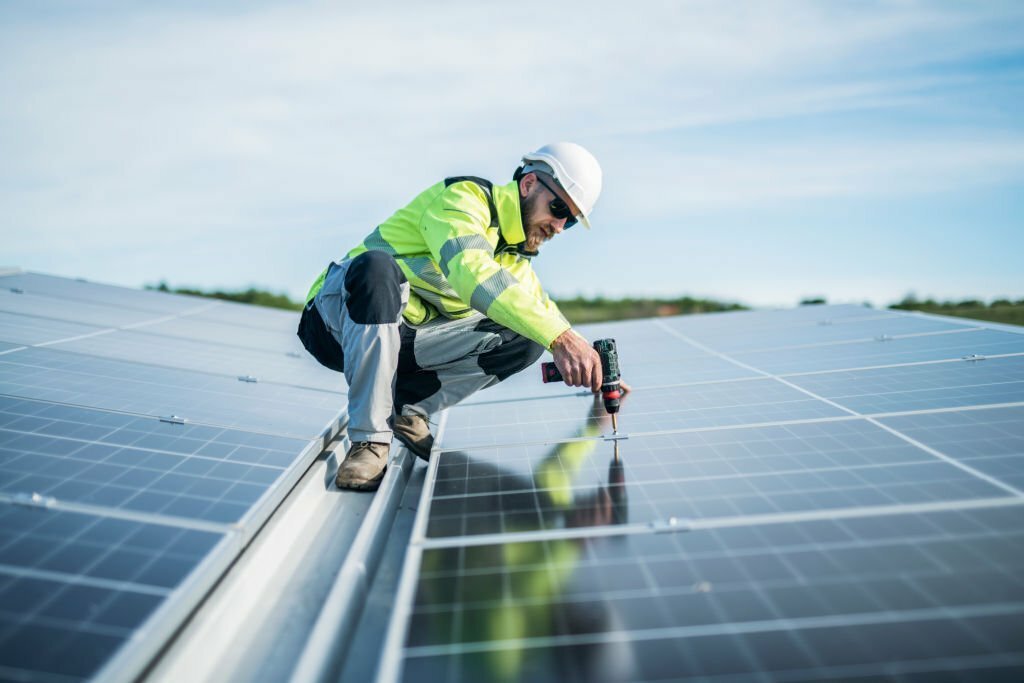
4. Commercial Buildings & Institutions
Solar PV systems in offices, malls, hospitals, and educational institutions are liable for physical damage, injuries, fire accidents, and revenue loss. Most commercial property insurance doesn’t cover solar systems, so required policies include third-party liability, electrical fault coverage, and rider additions for fire/theft.
5. Homeowners with Rooftop Solar
Homeowners installing rooftop systems need protection from power surges, lightning strikes, panel theft, storm damage, and warranty issues. Solar is a lifetime investment, and minor damage can lead to major replacement costs. Check if home insurance includes solar coverage and add riders if needed. Rooftop panels are often covered under homeowner policies.
6. PPA or Lease Arrangements
If your solar system is financed through a Power Purchase Agreement (PPA) or leased to you by a third party, insurance is typically mandatory. This is because these contracts often include performance guarantees and uptime requirements, reducing risk exposure. System owners typically carry insurance, but users must verify coverage limits and liability terms.
7. Smart or IoT-Enabled Solar Assets
Modern solar systems, often connected to SCADA systems, remote monitoring software, and smart inverters, are vulnerable to hacking attempts, data breaches, and remote manipulation. Cyber liability insurance is emerging to protect these systems against these risks.
Why Solar Panel Insurance Is Crucial for ROI
1. Protects Against Physical and Technical Damage
Solar assets, including modules, inverters, and transformers, are susceptible to various weather conditions, including lightning strikes, fires, storms, hail, and vandalism. Without insurance, these costs can drain profits. Solar panel insurance provides coverage to cover these losses, ensuring quick repairs or replacements, maintaining energy flow and ROI.
2. Covers Business Interruption and Lost Revenue
Business interruption insurance is crucial for large-scale commercial and industrial setups, as it compensates for revenue loss during repair and ensures energy savings continue. It also maintains income flow even when the system isn’t operational, preserving profit margins. Solar systems generate daily returns by reducing grid power usage or selling electricity, making the financial loss real.
3. Reduces Equipment Lead Time Risk
Insurers are increasing coverage for solar components due to long lead times, resulting in delayed indemnity and extended waiting periods. This helps mitigate ROI dips when replacement parts take months to arrive. Insurance shields cash flows and ensures the investment remains viable within the expected financial model.
4. Supports Project Financing and Bankability
Banks and investors often require comprehensive insurance for project financing, PPAs, lease models, and O&M contracts. This insurance improves the project’s risk profile, enabling lower interest rates, faster loan approvals, stronger investor confidence, and a higher ROI impact due to reduced financing costs.
5. Mitigates Climate and Catastrophe Risks
Climate change increases the frequency of extreme weather events, making low-risk regions vulnerable, especially for solar systems. Solar insurance helps absorb these unexpected damages, preventing profit erosion due to rare but severe events, allowing businesses to pursue ROI goals confidently.
6. Enhances Long-Term System Performance
Solar is a 20-25 year asset, and uninsured systems can lead to major cost burdens. Insurance covers replacements, upgrades, and minimal downtime, ensuring predictable performance and lower maintenance costs. Insured systems are better monitored, maintained, and managed, resulting in fewer breakdowns and prompter repairs.
What Does Solar Panel Insurance Cover?
The exact coverage depends on the policy, but standard solar panel insurance typically includes:
| Type | Protects against |
|---|---|
| Property Damage (All-Risk) | Physical harm to modules, inverters, batteries |
| CAR / EAR | Damage during transport, installation, commissioning |
| Machinery Breakdown | Technical equipment failures |
| Business Interruption | Lost generation income during outages |
| Third-Party Liability | Injury or property damage to others |
| Performance Guarantee | Energy underproduction |
| Module Warranty Insurance | Manufacturer defects or degradation |
| Parametric Insurance | Weather-related losses without damage proof |
| Cyber Insurance | Cyber threats to smart solar systems |
| Inland Marine & Add‑Ons | Transit, flood, ordinance, storage-related risks |
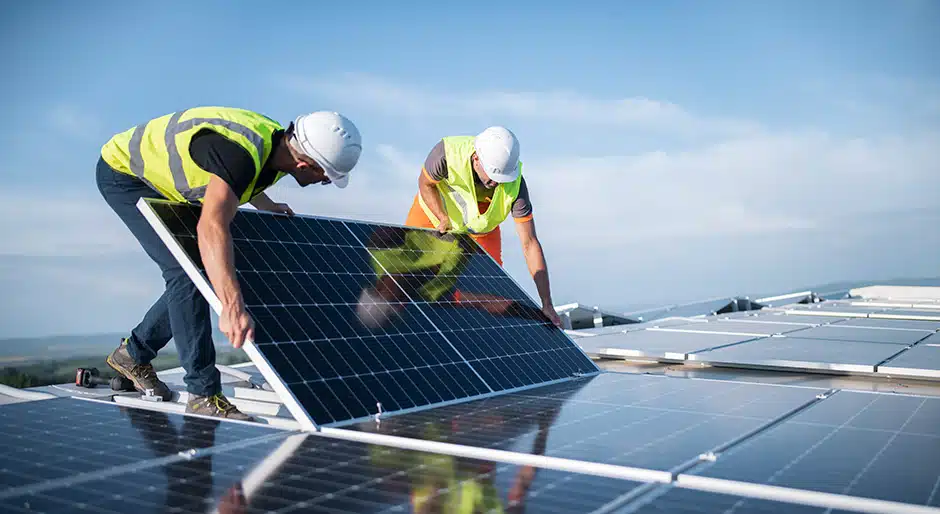
Solar Panel Insurance for Rooftop Systems vs. Ground Mount
| Aspect | Rooftop Solar Systems | Ground-Mounted Solar Systems |
|---|---|---|
| Installation Location | On existing building structures | On open land or dedicated infrastructure |
| Insurance Type | Often added to property insurance with riders | Needs standalone insurance policy |
| Premium Cost | Lower premiums | Higher premiums due to scale and exposure |
| Liability Risk | Moderate (installation-related) | High (public access, site injuries, etc.) |
| Theft/Vandalism Risk | Lower (urban settings) | Higher (remote, less supervised areas) |
| Weather Risk | Moderate (protected by building structure) | High (full exposure to wind, rain, flood, etc.) |
| Construction Risk | Minimal structural interference | Earthwork, piling, trenching increase risk |
| Maintenance Access | Complex (limited rooftop access) | Easier (ground-level access) |
| Business Continuity Cover | Needed for income from energy savings | Crucial for PPA-based revenue generation |
Cost of Solar Panel Insurance
The cost of solar panel insurance depends on various factors:
| System Type | Typical Premiums | Cost Breakdown |
|---|---|---|
| Rooftop (residential) | ₹999–₹1,920/year for up to 10 kW | Basic fire, storm, theft, and inverter protection |
| C&I Rooftop (100 kW) | Approx. ₹30k–₹70k/year (0.3–0.5%) | Property damage, liability, and equipment breakdown |
| Ground-mounted 1 MW | ₹8–12 lakhs/year (₹0.5–1.0%) | All-risk, breakdown, third-party, business interruption |
| Solar Farm + ESS (5 MW) | ₹30–60 lakhs/year | Includes battery, cyber, performance, and flood add-ons |
Annual premiums for a 1 MW plant costing ₹4 crore could be ₹8-12 lakhs, equivalent to ₹0.20-0.30/kWh, and could be 0.5% to 1.0% of CAPEX.
How to Choose the Right Solar Panel Insurance Policy
1. Assess Your Project Profile
- Identify your solar project’s specifics, including rooftop or ground-mounted systems, residential, commercial, or utility-scale use, battery storage, and grid-tied elements. Larger projects require comprehensive insurance, while installation types and capacity vary. Construction and operational plants require long-term equipment coverage, while construction requires CAR/EAR coverage.
2. Define Your Coverage Requirements
- Prioritize policies that cover property damage, machinery breakdown, business interruption, third-party liability, performance guarantee, and performance guarantee for advanced systems. Customize coverage based on your location’s weather profile and system complexity. These policies should cover all-risk scenarios like fire, storm, theft, and flood, as well as natural catastrophes like cyclones, earthquakes, and floods.
3. Compare Premiums, Terms & Exclusions
- To choose the best insurance policy, compare annual premiums with insured value, check for exclusions and limitations, evaluate deductible clauses, and claim settlement ratios. Consider sum insured, deductibles, waiting periods, and evacuation/replacement delays. Analyze exclusions and compare cost vs. benefit, as higher premiums may be more economical over time.
4. Evaluate the Claims Process
- Choose insurers with strong renewable energy claim handling experience for swift digital claims, ensuring timely site inspection, documentation guidance, and payout. Consider digital claim support, dedicated relationship managers, on-ground inspection turnaround time, and past client testimonials for efficient claim filing.
5. Ensure Integration with EPC & O&M Schedules
- Collaborate with EPC partners like Soleos Solar to select the right insurer, coordinate inspections, audits, documentation, integrate insurance requirements into O&M protocols, and align risk measures, preventing coverage gaps and lowering premiums throughout the system lifecycle.
6. Calculate the ROI of Insurance
- Bundle insurance for construction and operational phases, consider higher deductibles for lower premiums, use risk mitigants like alarms and CCTV for better rates, and regularly re-evaluate insured value and system performance. Insurance is an investment that protects ROI during asset downtime, secures lender confidence, and ensures consistent returns.

Government & Regulatory Incentives for Solar Panel Insurance
India’s government has introduced initiatives to incentivize solar insurance, particularly in the solar sector. The Ministry of New and Renewable Energy (MNRE) and the Insurance Regulatory and Development Authority of India (IRDAI) have issued guidelines recommending solar insurance coverage for various installations, including rooftop and utility-scale systems. IRDAI ensures that insurance companies develop solar-specific products with fair pricing, relevant coverage, and clear terms.
Government subsidy programs like PM Surya Ghar Yojana, PM-KUSUM, and Rooftop Solar Phase II mandate or encourage insurance as part of project financing or subsidy eligibility. Insurance has become a requirement in many state-level approvals, particularly with power purchase agreements and grid interconnection processes. Innovative insurance products like weather-indexed and parametric insurance provide enhanced protection in regions prone to weather unpredictability.
Solar Panel Insurance for Residential Systems
Rooftop solar is becoming increasingly popular in India, with policies designed to protect homeowners against financial losses caused by natural disasters, theft, system malfunction, or accidental damage. Leading insurers like Tata AIG and HDFC Ergo offer affordable home solar insurance packages, covering natural perils, theft and vandalism, equipment breakdown, and third-party liability. Premium plans for systems up to 10 kW start at around ₹999/year with HDFC Ergo, while others offer multi-year options. While residential solar insurance is not currently mandatory, it is recommended, especially for systems larger than 3 kW or when financed through banks or NBFCs.
The Indian government has encouraged residential solar adoption by offering subsidies and simplified financing. While insurance is not yet mandatory for residential users, it is increasingly recommended, especially for systems above 3 kW capacity, where the upfront investment is significant. Insurers like HDFC Ergo, ICICI Lombard, New India Assurance, and Bajaj Allianz are offering affordable and accessible solar insurance packages for homes.
Solar Panel Insurance vs. Warranty: Know the Difference
Solar warranties and insurance are two types of insurance policies that protect solar energy investments. Warranties come from manufacturers or installers and cover product defects, workmanship issues, and long-term performance guarantees. They typically include a product warranty (10-25 years) and a performance warranty (25+ years) for power output. Installation/workmanship warranties are usually 1-10 years for errors in grid connection or mounting. Solar insurance is purchased from an insurance company and protects against external risks and financial losses, such as natural disasters, theft, vandalism, equipment failure breakdowns, business interruption, and third-party liability issues.
Warranties are typically long-term, covering defects in manufacturing or performance issues, while insurance safeguards operational performance by covering financial risks, physical damage, and liabilities caused by external factors. Combining both is essential for C&I solar investments in India to maximize asset resilience, secure bankability, and protect ROI. Solar insurance, offered by licensed insurance companies, protects against real-world risks such as fire, lightning, floods, storms, vandalism, theft, inverter failure, and third-party liability claims.
Solar Panel Insurance in the UK, Germany, and Other Global Markets
In the UK
- In the UK, solar panels must be insured like other home and business assets, with providers like AJG UK offering tailored renewable energy policies. The phasing out of feed-in tariffs has increased the importance of insurance for maintaining asset value and safeguarding revenue streams. Cyber risk and performance shortfall due to weather variability are becoming rising concerns, especially for larger installations. Solar insurance is a standard part of asset management for both residential and commercial installations, covering physical damage, theft, third-party liability, and business interruption losses. Leading insurers like Aviva, AXA, and Allianz UK provide customizable solar insurance solutions to meet the growing demand.
In Germany
- HGermany, a pioneer in solar energy, offers comprehensive insurance coverage for rooftop, utility-scale, and agrivoltaic systems. The market includes performance guarantees, manufacturer insolvency cover, and equipment failure protection. Insurers like Munich Re and HDI Global provide module warranty insurance and parametric insurance, which are attractive to investors and banks financing solar projects. Germany’s insurance frameworks are often used as benchmarks by emerging solar markets worldwide. Germany’s strong regulatory support and advanced insurance products, particularly for utility-scale and distributed rooftop PV, enhance bankability and risk profile.
In the UAE
- In the UAE, solar projects face environmental challenges like heat and sand storms. Insurers like Oman Insurance, AIG UAE, and Zurich ME offer heat and dust damage coverage, module degradation riders, custody liability, and performance-linked policies under PPA models. Large solar parks rely on comprehensive operational policies and CAR/EAR during installation. Policies typically include panel degradation, desert-specific risk insurance, performance coverage aligned with irradiation levels, and third-party liability for commercial rooftops and carports. Leading providers offer customized products for residential and utility-scale projects.
How Soleos Solar Helps You with Solar Panel Insurance
Soleos Solar is an integrated provider of solar EPC, finance, insurance, and O&M services. They connect clients with specialized insurance partners approved by MNRE, ensuring their rooftop or ground-mounted systems are protected against natural disasters, equipment failures, business interruption, and liability issues. From project ideation through commissioning, Soleos designs insurance coverages, including contractor’s All Risk (CAR/EAR) during construction and module-performance or parametric policies in operation, to safeguard investment and ROI. The company collaborates with India’s leading insurers, such as ICICI Lombard, HDFC Ergo, Bajaj Allianz, and Tata AIG, to offer tailor-made packages. Soleos also handles documentation, audit support, and claims coordination, ensuring minimal downtime and faster resolution.
FAQs on Solar Panel Insurance
1. What is solar panel insurance?
Solar panel insurance is a specialized policy designed to protect solar energy systems—rooftop or ground-mounted—from risks such as natural disasters, theft, fire, equipment failure, and revenue loss due to downtime. It ensures financial protection and peace of mind for system owners.
2. Is solar panel insurance mandatory in India?
Solar panel insurance is not legally mandatory in India; however, it is highly recommended—especially for commercial and industrial (C&I) projects, as well as for those financed through loans. Many lenders and DISCOMs require insurance as part of project documentation.
3. What does solar panel insurance cover?
Typical solar panel insurance policies in India cover:
- Property damage (fire, storm, flood, lightning, etc.)
- Theft and vandalism
- Equipment breakdown (inverters, panels, cabling)
- Business interruption (loss of income due to downtime)
- Third-party liability
- Construction All-Risk and Erection All-Risk (CAR/EAR) during installation
4. How is solar panel insurance different from a product warranty?
A warranty covers only manufacturing defects in specific components like solar panels or inverters. In contrast, solar panel insurance covers broader external risks such as weather damage, fire, theft, and loss of income—making it more comprehensive.
5. Who needs solar panel insurance in India?
- Commercial and industrial unit owners
- Residential solar users with high-value installations
- EPC contractors during project execution
- Solar investors and developers
- Financiers, banks, and NBFCs providing project loans
6. What is the cost of solar panel insurance in India?
The cost typically ranges between 0.2% to 1% of the total project cost annually, depending on location, system size, type of coverage, risk exposure, and insurer. Customized quotes are provided based on detailed site and project risk analysis.
7. Which companies provide solar panel insurance in India?
Some of the top insurance providers offering solar policies include:
- ICICI Lombard
- HDFC Ergo
- Tata AIG
- New India Assurance
- IFFCO Tokio
These are often partnered with EPC companies like Soleos Solar to offer bundled or tailored insurance packages.
8. Can I insure a residential solar system in India?
Yes. Homeowners can either include their solar setup under their existing home insurance policy or opt for a standalone solar panel insurance plan that covers physical damage, system breakdown, and third-party risks.
9. How can I claim solar panel insurance?
To file a claim:
- Notify your insurance provider immediately after the incident.
- Submit necessary documents: policy copy, photos of damage, FIR (if required), and installation reports.
- Cooperate with the insurer’s inspection and survey process.
- Your claim is processed and settled as per policy terms.
10. Does Soleos Solar help with solar panel insurance in India?
Absolutely. Soleos Solar provides complete support—from risk assessment and policy selection to claims assistance. We partner with India’s leading insurers to offer you project-specific, cost-effective solar panel insurance plans, whether you’re a residential user, C&I client, or a solar park investor.
Conclusion
In a rapidly evolving energy landscape, solar power stands out as one of the most promising and profitable solutions. But like any long-term asset, it is vulnerable to external risks—natural disasters, theft, equipment failure, and more. Solar panel insurance bridges the gap between performance and protection, ensuring that your clean energy investment continues to deliver value, even when the unexpected occurs.
Whether you’re a manufacturer with expansive rooftop systems or a business investing in ground-mounted solar infrastructure, protecting your solar assets is no longer optional—it’s essential. From policy selection to claims management, the right insurance plan is your safety net, enabling uninterrupted power generation and long-term ROI. At Soleos Solar Energy Private Limited, we specialize in building more than just solar projects—we build solar confidence. With 12+ years of industry experience, 160+ completed projects, and a footprint in India and global markets, we offer more than EPC services. We deliver peace of mind.

